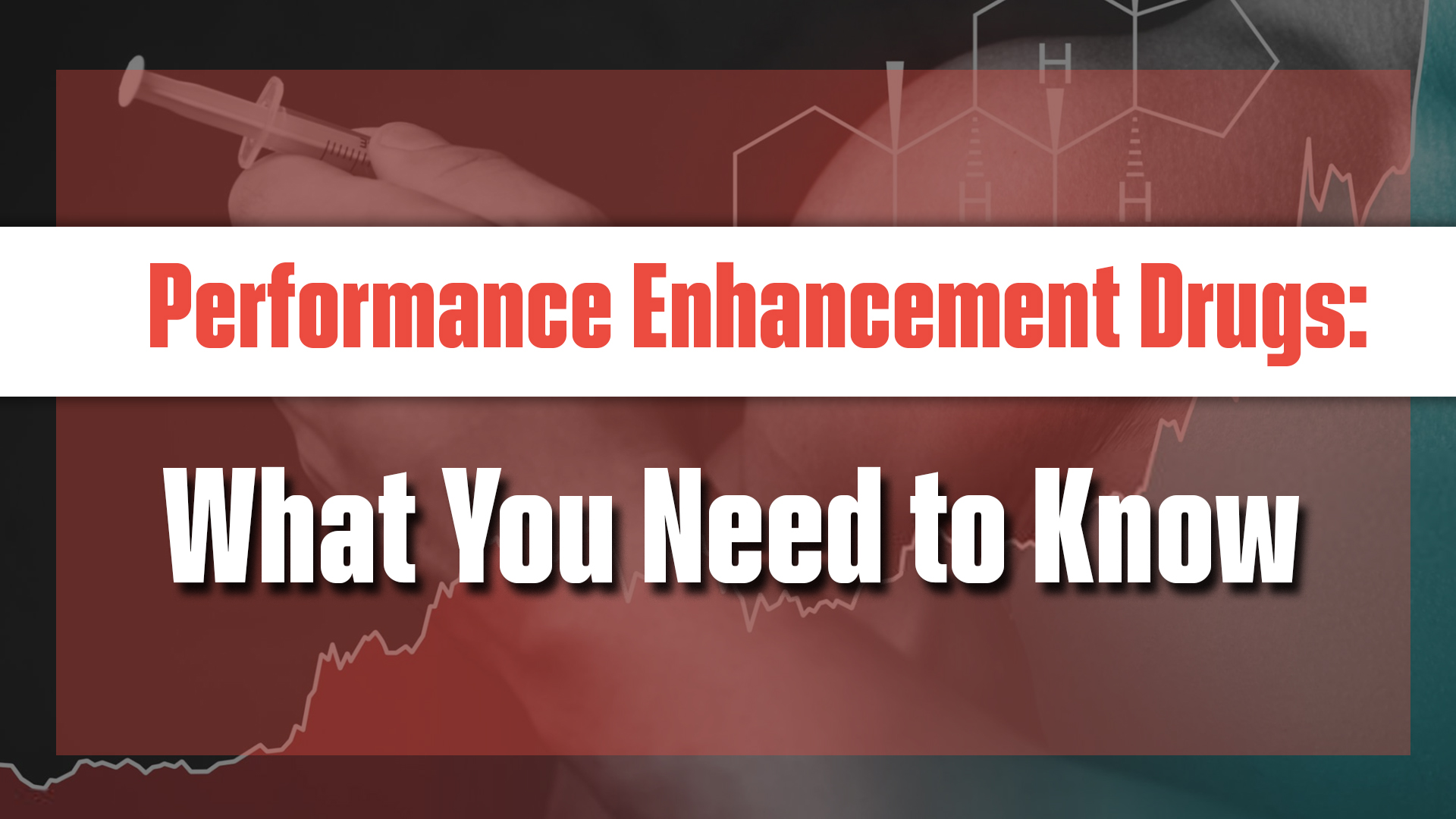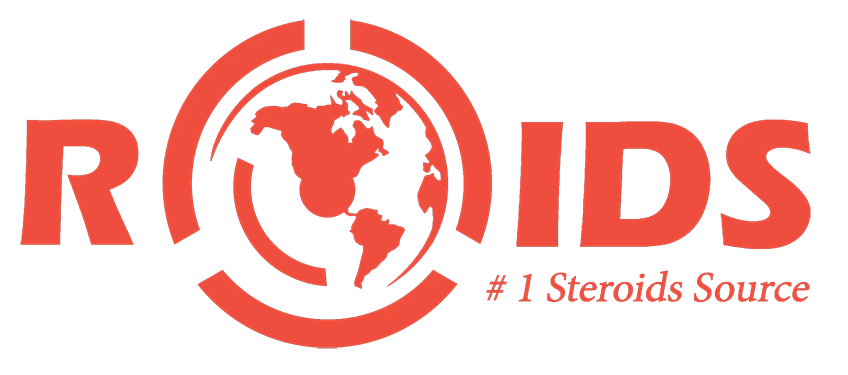- Your cart is empty
- Continue Shopping
Performance Enhancement Drugs What You Need to Know

Performance Enhancement Drugs: What You Need to Know
Performance enhancement drugs (PEDs) are increasingly prevalent in competitive sports.
These substances, which range from anabolic steroids to stimulants and hormone modulators,
promise to elevate physical prowess, expedite recovery, and enhance mental focus. However,
what’s truly fascinating lies in their potential to shape the future of sports, medicine, and even
human potential. Their strategic use, driven by cutting-edge science and ethical considerations,
can unlock a new era of peak performance and extraordinary achievements.
Understanding Performance Enhancement Drugs
Doping scandals aren’t a new occurrence.
Performance enhancement drugs encompass a broad array of substances. They range from
anabolic steroids and stimulants to hormone modulators and nootropics, each designed to
augment physical, mental, or emotional capabilities in unique ways. These drugs can transform
an athlete’s performance, expediting recovery periods, improving focus, and amplifying
muscular and cardiovascular efficiency.
Key to understanding them is their diverse potential.
Some may significantly boost endurance – allowing athletes to run further and train longer
without succumbing to exhaustion, showcasing impressive endurance enhancement.
Meanwhile, others enhance rapid muscle repair or fortify concentration, combatting the mental
fatigue that often accompanies high-stakes competitions.
Exploring the cutting-edge science behind these substances, combined with the ethical
boundaries that govern their use, becomes imperative in navigating the landscape of
performance enhancement drugs. Each discovery and innovation in this field pushes the
boundaries of what human bodies and minds can achieve.
Types of Performance Enhancement Drugs
Performance enhancement drugs encompass a broad array of substances, each with its unique
mechanism and potential benefits. Anabolic steroids, for instance, enhance muscle mass and
strength, while stimulants increase alertness and reduce fatigue. Hormone modulators regulate
essential hormones to optimize performance, and nootropics sharpen cognitive functions, aiding
mental clarity and decision-making under pressure. Understanding these various types helps
illuminate the multifaceted approaches athletes might employ to gain a competitive edge,
always paralleled by the necessity of ethical considerations in their usage.
Steroids
Steroids are a cornerstone in the world of performance enhancement drugs, valued for their
remarkable ability to increase muscle mass and strength. Athletes and bodybuilders frequently
leverage these substances to outpace the competition by achieving noticeable gains in a shorter
time frame.
Use of anabolic steroids has surged dramatically, a testament to their effectiveness. However,
the benefits come with a set of health risks that must be carefully managed. Users are advised
to follow medical guidance to minimize potential adverse effects.
Steroids can expedite muscle recovery, reducing time lost to injuries.
Given their potent advantages, the use of steroids necessitates robust ethical considerations.
Striking a balance between legal, safe usage and ethical sport practices is paramount. Coupled
with proper administration and medical oversight, they can potentially redefine the boundaries of
human performance.
Human Growth Hormone (HGH)
Human Growth Hormone (HGH) stands as a beacon of potential in the realm of performance
enhancement.
Synthesized, HGH has revolutionized the landscape by promoting muscle growth, enhancing
recovery, and supporting overall well-being. These transformative effects make it a sought-after
solution for athletes aiming to transcend their physical limitations and achieve unparalleled
excellence. Numerous studies have documented HGH’s efficacy, substantiating its reputation in
sports science.
Intriguingly, HGH offers more than just physical advancements. It is instrumental in regenerative
medicine, aiding in cell repair and combating the signs of aging. This dual-impact application
ensures that users not only perform better but also enjoy enhanced vitality and longevity.
However, HGH’s remarkable benefits necessitate scrupulous regulation to prevent misuse.
Potential side effects, such as joint discomfort or insulin resistance, underscore the need for
medical supervision. With proper adherence to guidelines, HGH can safely elevate
performance, making it indispensable in the evolving narrative of athletic achievement.
Stimulants
Stimulants are a category of performance enhancement drugs that boost alertness and energy
levels, often providing a competitive edge in sports.
Athletes have long relied on stimulants to maximize their potential.
These substances, including caffeine and amphetamines, heighten focus and diminish fatigue,
empowering individuals to train longer and perform more intensely.
While stimulants can significantly enhance an athlete’s performance, it is crucial to balance their
benefits with possible side effects like increased heart rate and anxiety. When used responsibly,
under medical supervision, they can be a vital component in the toolkit of modern athletic
performance.
How Performance Enhancement Drugs Work
Understanding the mechanics of performance enhancement drugs raises the question: how
exactly do these substances function?
In 2023, scientific advancements have elucidated various mechanisms. These substances,
when utilized judiciously, have the potential to effectively enhance an athlete’s capacities across
multiple domains, offering a deliberate edge.
Firstly, anabolic steroids work by mimicking the effects of naturally occurring testosterone. They
facilitate increased protein synthesis within cells, resulting in accelerated muscle growth, faster
recovery times, and improved overall performance.
Conversely, substances like Erythropoietin (EPO) operate by stimulating red blood cell
production. This augments the body’s capacity to transport oxygen, boosting stamina and
endurance—critical for athletes in endurance-based sports disciplines.
Such insights into the inner workings of these drugs underscore their powerful capabilities,
reinforcing the importance of responsible usage and robust medical oversight.
Benefits of Performance Enhancement Drugs
Performance enhancement drugs, including anabolics, open the door to extraordinary physical
improvements for dedicated athletes. They remarkably augment strength, speed, and
endurance, staying ahead of competitors.
Various drugs meticulously increase red blood cell counts, enhancing oxygen delivery.
This, in turn, can significantly elevate an athlete’s stamina, enabling them to excel beyond
ordinary limits. Additionally, faster recovery times from strenuous activities allow for more
consistent and intensive training schedules.
The strategic use of performance enhancement drugs can also foster a sense of unparalleled
achievement, boosting not only physical prowess but also mental resilience. With continued
scientific advancements, the potential to push human boundaries while safeguarding health
grows ever more promising, offering a bright horizon for athletes striving for excellence.
Risks and Side Effects
However, alongside the myriad benefits, the use of performance enhancement drugs (PEDs)
comes with risks that cannot be overlooked.
For instance, anabolic steroids can lead to a range of adverse health conditions, including
cardiovascular diseases, liver abnormalities, and severe hormonal imbalances. The misuse of
these substances often causes irreversible changes in the body, requiring medical intervention.
Furthermore, each individual reacts differently to PEDs, rendering uniform predictions of side
effects impossible. The psychological impacts, including heightened aggression and mood
swings, coupled with physical detriments, necessitate stringent medical oversight.
Thus, while PEDs offer considerable advantages for athletic performance, it’s essential to weigh
these benefits against the potential for profound health consequences. Vigilance, adherence to
prescribed use, and proactive healthcare engagement are crucial to mitigating these risks and
ensuring the overall well-being of athletes striving for peak performance.
Legal and Ethical Considerations
Navigating the world of performance enhancement drugs (PEDs) requires a keen understanding
of both legal and ethical frameworks. Athletes must remain vigilant, as regulatory landscapes
vary significantly across different regions.
Legal restrictions often hinge on the type of substance used. Laws surrounding PEDs aim to
maintain fair competition.
Ethically, the question of fairness and sportsmanship arises, challenging the integrity of
competitive sports. Organizations like WADA (World Anti-Doping Agency) set stringent
standards.
They are tasked with ensuring all athletes compete on a level playing field. A violation of these
standards can lead to severe repercussions.
Athletes are encouraged to consult comprehensive resources and stay informed about the
substances they are considering. Doing so helps them avoid inadvertent breaches of laws and
ethical principles.
Ultimately, the pursuit of excellence must harmonize with respect for established rules. This
ensures the spirit of sports remains noble, fostering a culture of respect and admiration.
Performance Enhancement Drugs in Sports
Performance enhancement drugs (PEDs) have long been a controversial topic in the sports
world, sparking intense debates about fairness, ethics, and health.
Their use can enhance athletic performance but poses significant risks.
While some athletes see PEDs as a route to glory, the potential health consequences are vast,
including everything from hormonal imbalances to severe psychological effects.
The integrity of sports is equally at stake when athletes resort to PEDs. Strict regulations and
proactive education are vital to deter misuse, ensuring that the essence of competition remains
pure and inspiring for all. This commitment to fairness embodies the true spirit of athleticism.
Detection and Testing Methods
Detection and testing methods for performance enhancement drugs are crucial to maintaining
the fairness and integrity of sports.
Advanced techniques use sophisticated analytical instruments for accurate results.
These methods include urinalysis, blood tests, and more recently, hair and saliva tests, aiming
to detect even the most minute traces of banned substances.
Using a variety of methodologies not only increases the likelihood of catching offenders but also
acts as a significant deterrent to potential violators, thereby ensuring a level playing field for all
competitors. New advancements, such as “biomarker” profiling, continue to revolutionize this
critical area.
Natural Alternatives to Performance Enhancement Drugs
For those seeking to push their limits, natural alternatives offer a viable solution without legal
complications or health risks.
Holistic approaches, including optimized nutrition and a balanced training regimen, can
significantly enhance athletic performance. Nutrient-rich diets, alongside appropriate hydration
and rest, enable the body to function at its peak, fostering improved stamina and quicker
recovery.
Moreover, certain supplements derived from natural sources, such as beetroot juice, which is
high in nitrates, have been shown to increase endurance levels.
In addition, practices like mindfulness and meditation can elevate mental fortitude, encouraging
a profound connection between mind and body. These holistic strategies not only promote
physical well-being but also uphold the spirit of fair competition and integrity in sports, inspiring
athletes to transcend their limitations naturally.
The Future of Performance Enhancement Drugs
Looking ahead, the future of performance enhancement drugs holds exciting prospects for
athletes and researchers alike.
Emerging technologies and scientific advancements are set to revolutionize this landscape,
promising more refined, safe, and effective solutions for boosting human performance.
Innovations in genetic engineering, biochemical pathways, and personalized medicine show
tremendous potential for creating tailored enhancement strategies that align with individual
physiological needs.
Understandably, these possibilities evoke both anticipation and caution. As we embrace these
breakthroughs, it is imperative to balance ethical considerations with scientific curiosity to
ensure fair play and athletes’ well-being remain paramount.
Ultimately, the responsible integration of advanced performance enhancement drugs will
redefine the boundaries of human capability. As we move forward, collaboration between
scientists, regulatory bodies, and the athletic community will be essential to harnessing this
potential while preserving the integrity of sports and the health of its participants.
Real-life Case Studies
What can real-life case studies reveal about the impact of performance enhancement drugs?
In 2016, Maria Sharapova, a globally renowned tennis champion, acknowledged her usage of
meldonium, a metabolic modulator, which landed her a two-year suspension. Despite the
controversy, her return illustrated resilience.
Similarly, it’s hard to forget Lance Armstrong’s confession to using a concoction of performance
enhancement drugs to achieve his seven Tour de France titles, sparking a significant doping
scandal in cycling.
Amidst these highly publicized cases, there are also numerous athletes who have used legal
performance enhancement drugs, like beta-blockers and legal nootropics, to safely elevate their
focus and physical capacities under medical supervision.
These examples underscore the broad spectrum of outcomes performance enhancement drugs
can manifest. They illustrate both the risks of misuse and the potential benefits under regulated
conditions.
Making an Informed Decision
Choosing wisely begins with understanding.
Gather comprehensive data from trusted sources. It’s crucial to delve into both the positive and
negative ramifications of performance enhancement drugs, relying on scientific studies and
expert opinion. Ideally, connect with medical professionals or knowledgeable advisors to get
personalized insights tailored to your unique circumstances.
Knowledge is the cornerstone of sound decisions.
Assess your goals and motivations – are they rooted in personal growth and well-being, or in
unsustainable pressures to excel? By aligning your choices with long-term health strategies, you
enable a responsible and satisfying journey.
Informed decisions maximize your potential while safeguarding your health. By continually
updating your knowledge and consulting with professionals, you can navigate the dynamic
landscape of performance enhancement drugs with confidence and competence.














